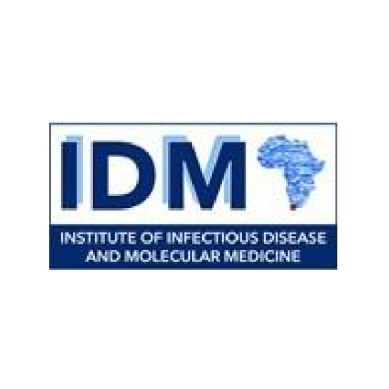concept
b-path concept
Current diagnostic methods for respiratory infections are flawed. Swab sampling from the upper respiratory tract is prone to errors, uncomfortable for patients, requires trained professionals, and often misses pathogens in the lower respiratory tract. Sputum collection is challenging, with variable sensitivity for many pathogens and difficulty in obtaining and transporting samples.
While recent advances in molecular diagnostics and rapid antigen tests have brought pathogen detection closer to patients, the sampling technique remains the main limitation.
Human breath, or exhaled breath aerosol (XBA), has been recognized as a diagnostic sample since ancient times due to its non-invasive collection method. While breath diagnostics initially focused on volatile organic compounds (VOCs), these tests lack specificity (60-80%) as VOCs are influenced by various disease and host factors, requiring confirmation through microbiological testing. However, direct DNA/RNA or antigen-based pathogen detection in XBA holds more significant potential for high specificity, offering the ability to identify highly infectious individuals crucial for controlling disease transmission.
Current state
Aim of the project
For this project, we will evaluate two promising non-invasive exhaled breath aerosol (XBA) sampling methods. The first is the face mask sampling (FMS), which is scalable and compatible with various diagnostic assays (DNA/RNA and antigen detection). FMS is particularly beneficial when masks are already worn, such as during epidemics. However, challenges exist with integrated pathogen detection masks, including shelf-life, cost, patient safety, and regulatory issues.
The second approach is with a blow-tube style device, a more straightforward, faster, and cost-effective method. This device can collect samples in about 2 minutes and capture droplets and XBAs. Pathogens are captured on a nanofiber mat and can be easily integrated with diagnostic platforms. This method promises to be more scalable and suitable for widespread use.
The project’s key innovation is advancing these XBA sampling devices into evidence-based tools for diagnosing and screening respiratory infections. By comparing both devices in clinical studies, we aim to identify the best option for different use cases (diagnosis and screening). We will use the Respiratory Aerosol Sampling Chamber (RASC) as a reference method for standardizing the comparison of different XBA sampling devices.
Impact of project on other respiratory pathogens associated clinical morbidity and mortality
This project will significantly impact the detection and management of respiratory pathogens with epidemic, pandemic, or significant clinical risk. Highly transmissible pathogens like influenza and coronaviruses pose global threats due to their ability to spread rapidly through respiratory aerosols, crossing borders and infecting large populations. Future pandemics may be triggered by novel viruses or unknown pathogens (“pathogen X”). To address this, we will use viral metagenomics to rapidly identify new viruses and viral mutations from XBA samples, enabling early detection of emerging threats.
Additionally, we will explore the feasibility of detecting Mycobacterium tuberculosis (Mtb) resistance in XBA samples. Although Mtb is less transmissible, antibiotic resistance can make treating it challenging, highlighting the importance of early, efficient detection methods. This research could improve responses to known and emerging respiratory pathogens, reducing global morbidity and mortality.
Scientific impact on understanding transmission and detection of respiratory infections
In addition to the practical outcomes, this project aims to make a significant scientific contribution by advancing knowledge on the role and potential of XBA testing in detecting and understanding respiratory disease transmission. Disseminating this knowledge will amplify the project’s scientific impact, with a focus on adhering to Open Science principles. The consortium’s academic and industry partners will ensure that the results reach society through patents, publications, and public presentations, thus maximizing the return on the project investment.
Furthermore, the project will enhance human and infrastructure capacity for responsible research and innovation (RRI). This will lay the groundwork for future projects focused on developing, validating, and implementing innovative XBA-based diagnostic solutions, emphasizing product development, human-centred design, and policy-relevant trials to shape healthcare practices and policies.






